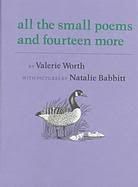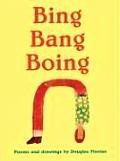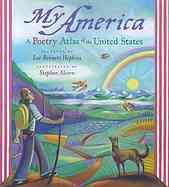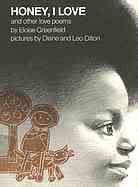Myers, Walter Dean, and Christopher Myers. 2006. Jazz. New York: Holiday House. ISBN 0823421732

The poetry of Jazz is music to the eyes. What it lacks in humor, it makes up for in heart. There are strong and powerful emotions experienced in Jazz. These poems make the reader want to break out in song and dance. Even “Good-Bye to Old Bob Johnson” will have one thumping along:
The drums are solemn as we walk along
The banjo twangs a gospel song
Let the deacons preach and the widow cry
While a sad horn sounds a last good-bye
Good-bye to old Bob Johnson
Good-bye
The poetry is balanced as Myers uses a variety of verse and structure from rhyming to free verse as in “Jazz:”
Start with rhythm
Start with the heart
Drumming in tongues
Along the Nile
Jazz is well organized and uniquely designed. There is a brief introduction 2-page introduction to the history of Jazz. A glossary of Jazz terms and a Jazz time line conclude the text. Myers uses cursive to place emphasis on certain words and sounds. The acrylic paintings complement the poems and help to bring them to life (not that they are in need of help). Appropriate for children the only downside is the book is too short. Myers leaves the reader wanting more tapping their toes to the cadence and beat.




